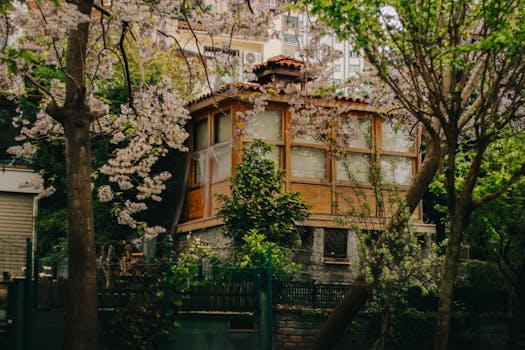
Urban Green Spaces: The Future of Outdoor Living in European Cities by 2025
Urban Green Spaces are becoming increasingly important in European cities as they provide a range of benefits for both the environment and the people who live there. Urban Green Spaces are areas of greenery in urban environments, such as parks, gardens, and green roofs, that help to mitigate the effects of climate change, improve air quality, and provide habitats for wildlife.
Introduction to Urban Green Spaces
As the world becomes increasingly urbanized, the need for green spaces in cities is becoming more pressing. Urban green spaces are not just aesthetically pleasing, but they also play a crucial role in maintaining the health and wellbeing of urban residents. In this article, we will explore the importance of urban green spaces in European cities and how they are shaping the future of outdoor living by 2025.
Benefits of Urban Green Spaces
Urban green spaces have a range of benefits for both the environment and the people who live in European cities. Some of the key benefits include:
- Improved air quality: Urban green spaces help to remove pollutants from the air, improving the quality of the air that people breathe.
- Climate change mitigation: Urban green spaces help to mitigate the effects of climate change by providing shade, reducing the urban heat island effect, and absorbing carbon dioxide.
- Improved mental health: Spending time in urban green spaces has been shown to improve mental health and wellbeing, reducing stress and anxiety.
- Increased biodiversity: Urban green spaces provide habitats for a range of wildlife, helping to increase biodiversity in urban areas.
European Cities Leading the Way
Many European cities are leading the way in terms of urban green spaces, with some cities having as much as 50% of their area dedicated to green spaces. Some of the cities that are leading the way include:
- Copenhagen, Denmark: Copenhagen has a goal of being carbon neutral by 2025 and is using urban green spaces to help achieve this goal.
- Stockholm, Sweden: Stockholm has a range of urban green spaces, including the Royal National City Park, which is one of the largest urban parks in the world.
- Vienna, Austria: Vienna has a strong focus on urban green spaces, with over 50% of the city being dedicated to green areas.
Conclusion
In conclusion, urban green spaces are becoming increasingly important in European cities as they provide a range of benefits for both the environment and the people who live there. As we look to the future, it is clear that urban green spaces will play a crucial role in shaping the future of outdoor living in European cities by 2025.





